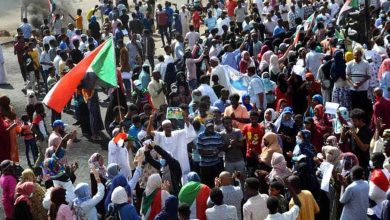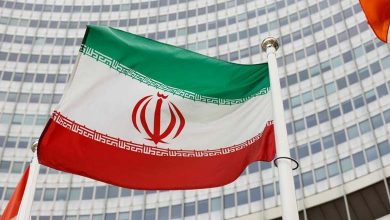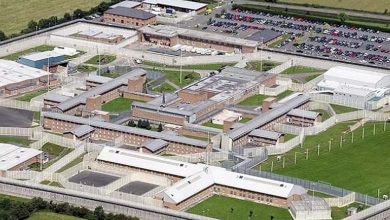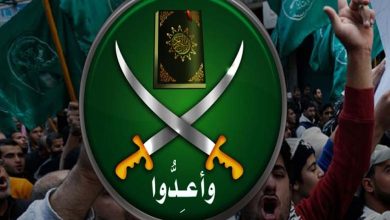Fears of the ”90s scenario”… Afghanistan is a “threat” to Iran
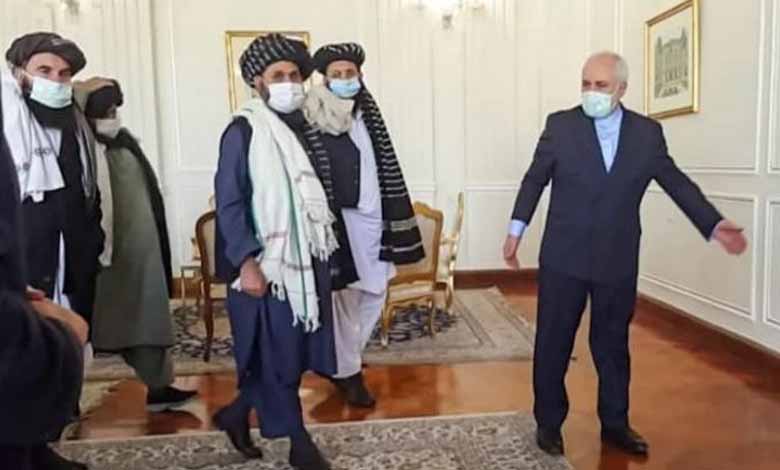
Foreign Policy magazine revealed that Iran’s friendliness towards the Taliban in Afghanistan does not reflect the reality and concerns of its eastern neighbor.
After the Taliban took control of Kabul in mid-December, newly elected Iranian President Ebrahim Raissi welcomed the “military defeat and withdrawal of the United States”.
Foreign Policy said that while Iran is happy to see U.S. troops leave its northeastern border, the “Islamic emirate” in Afghanistan is another set of challenges that Tehran’s decisionmakers are reluctant to discuss openly.
As much as Iran has supported the Taliban in recent years, the scenarios that worry Tehran include a coup against Iran or the Shia minority in Afghanistan, as well as the specter of a so-called “Sunni jihad” spreading west, he said in an analysis by Kevin Lim, a Middle East foreign policy and security researcher.
It said that Iran and the Taliban were the worst enemies at the end of the 1990s, when the latter crushed the opposition and minorities, including the Shia Hazaras.
Iran then joined the United States, Russia, and India in supporting the Northern Alliance against the Taliban. “In 1998, Iran and Afghanistan (formerly ruled by the Taliban) went to war after several Iranian diplomats were killed in the city of Mazar-e Charif .”
Iran’s Supreme National Security Council voted for the war, but Supreme Leader Ali Khamenei rejected it.
The Mazar-e Charif consulate carries a painful memory for Iranians dating back to September 1998, when the Taliban announced the “discovery” of the bodies of nine Iranian diplomats from the consulate, who went missing after the Taliban took over the city the previous month.
While the Taliban hinted at the time that they were killed by elements acting alone, Tehran blamed the group for the deaths, which sparked outrage in Iran.
“Over the years, relations between Iran and the Taliban began to improve, particularly with the emergence of ISIS and its Afghan branch (Khorassan) in 2014.”
Iran began supporting, financing, training, and arming the Taliban against ISIS and Khorassan, in addition to the US and Afghan government forces.
According to Foreign Policy, the Taliban have maintained offices in Iran, including in Zahedan and Mechhed, and some of the group’s officials appear to have bought homes in Iran as well.
“In 2016, a US drone strike killed then-Taliban Supreme Leader mollah Akhtar Mohammad Mansour as he returned to Pakistan from Iran.”
Seeking influence in Afghanistan after the U.S. withdrawal, Tehran hosted a delegation of Taliban representatives from the movement’s interim political office in Doha led by Mullah Abdul Ghani Baradar, now Afghanistan’s deputy prime minister.
Foreign Policy pointed out that although Iran offers Afghanistan’s new rulers a model for transitioning from a reactionary revolutionary movement to permanent state structures, the Taliban have in recent months displayed views at odds with the Iranian establishment elite.
While some Iranian media outlets affiliated with the hardline leadership or the Revolutionary Guard praised the supposed change of the Taliban, voices remained sharply critical.
“With the formation of the Taliban government, Iran’s amicable working relations are at least at work.” But Iran’s leaders know that despite assurances, the movement can turn against them.
“To avoid another civil war on the border, Iran continues to emphasize the need for an inclusive Afghan government, but the newly formed government in Kabul does not include ethnic minorities.”
At worst, according to the U.S. magazine, a renewed civil war would threaten Iran’s eastern borders, and the war could cause more refugees, weapons, and drugs to flow across the border, not to mention ISIS loyalists.






